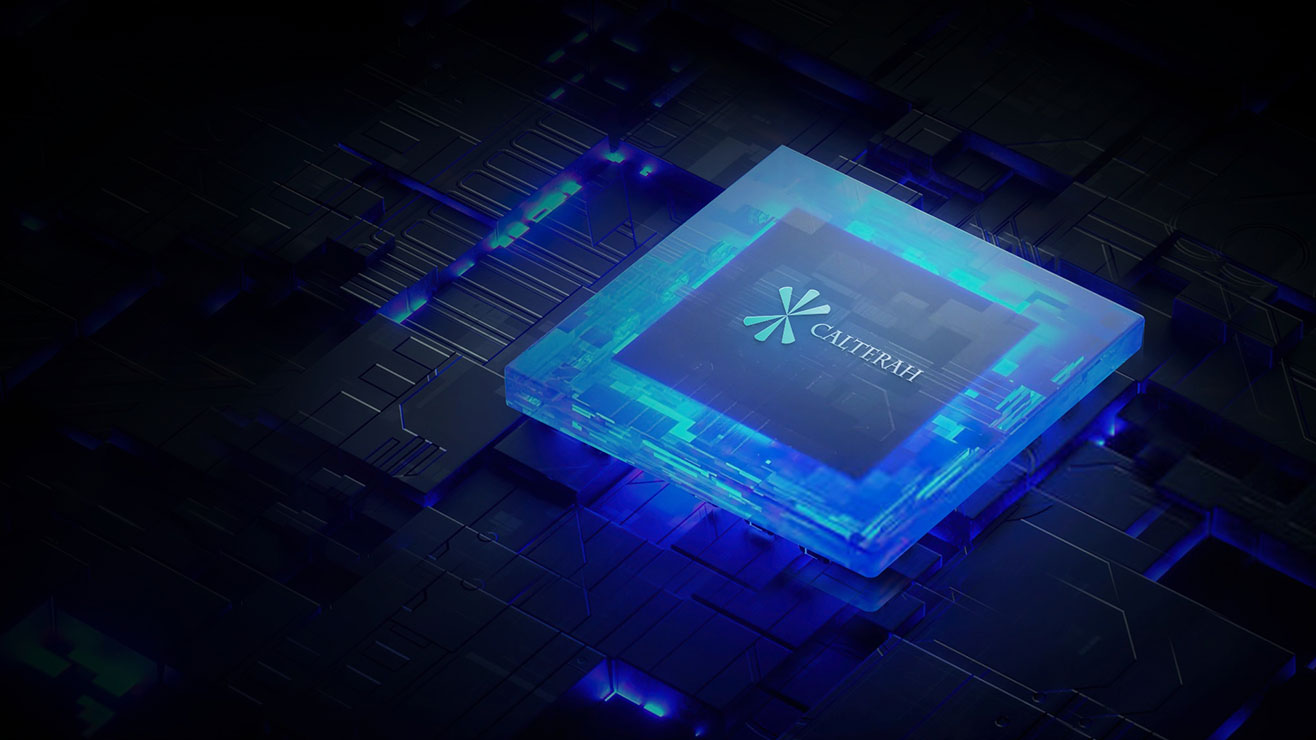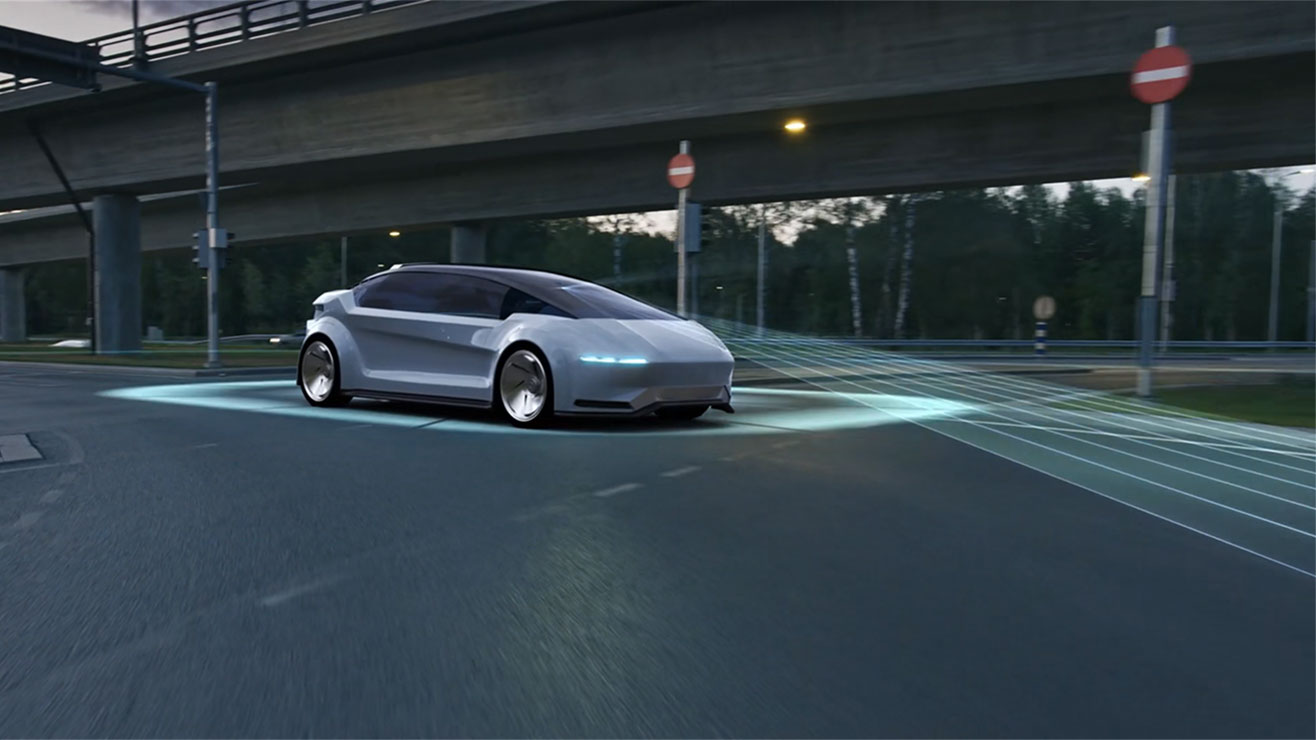IWPC 2025: Calterah Lancang-USRR Chip × TinyML for More Reliable In-Cabin Sensing Without False Alarms
2025-07-01
Recently, the Automotive Radar Sensor Architecture Summit of the International Wireless Industry Consortium (IWPC) was successfully held in Sindelfingen, a city home to the largest plant of Mercedes-Benz in Germany. Hosted by Bosch, a leading global automotive Tier-1 supplier, the summit focused on innovations in radar sensors, enhancements in comfort, safety, and reliability across inhomogeneous automotive architectures, the latest advances in AI-based signal processing, etc.

Focusing on AI-based signal processing, Dr. Zhifei Wang, Radar System Expert at Calterah, elaborated on how Tiny Machine Learning (TinyML) empowers Calterah's universal short-range radar SoC, Lancang-USRR, to achieve enhanced perception capabilities. He demonstrated breakthroughs and the practical implementation of chip-level AI in in-cabin radar applications. Specifically, such an AI technology helps to create radar that not only meets regulatory requirements but also fulfills expectations for user experiences and caters to the needs of the competitive automotive market.
Currently, the European New Car Assessment Programme (Euro NCAP) mandates that points will only be awarded to Child Presence Detection (CPD) systems with direct sensing. Millimeter-wave (mmWave) radar, owing to its precise detection of vital signs, such as heart rate and respiration rate, has emerged as an optimal solution for in-cabin detection. In addition to meeting the requirements of Euro NCAP, European OEMs and Tier 1 suppliers are also expecting more values of in-cabin radar. CPD systems need to guarantee no false alarms in complex real-car scenarios, while also supporting multi-purpose, advanced functions such as multi-row occupant coverage and anti-intrusion detection. Calterah’s latest in-cabin radar solution leverages the industry's first 60 GHz 6-transmitter 6-receiver (6T6R) mmWave radar SoC—Lancang-USRR and innovatively harnesses the TinyML technology. This solution enables dual-row seat coverage by a single chip and supports always-on functions including anti-intrusion detection with an ultra-low power advantage.
|
What is Tiny Machine Learning? Tiny Machine Learning (TinyML) is an emerging branch of machine learning that involves deploying machine learning models, such as the Convolutional Neural Network (CNN) model, in microcontrollers and other low-power edge devices such as radar. TinyML pushes capabilities of AI to the very forefront of connected systems, the Edge, enabling low-latency, energy-efficient inference in real time without reliance on cloud connectivity.
|
The signal processing flow of Calterah’s Lancang-USRR CPD radar solution consists of a spectrum calculation module, a point cloud branch, and a CNN branch powered by the TinyML technology.

Signal Processing Flow of Calterah’s CPD Radar Solution Based on Lancang-USRR Chip
- With the CNN model, the radar goes beyond simply collecting point clouds. It can also extract and recognize finer-grained features at deeper levels from the complex signals received, which are then used to precisely identify and classify in-cabin occupants and objects, such as children, adults, and moving objects, with robust anti-interference performance.
- In addition, through optimization techniques including Quantization and Model Pruning, the size and computational load of the CNN model are significantly reduced. This ensures real-time, high-efficiency performance even with limited resources and the low power restriction of radar chips.
During his presentation, Dr. Zhifei Wang showcased compelling real-car demo results: the radar system not only accurately detected a baby dummy obscured by seats, but also intelligently distinguished and filtered out interference from moving toys and swaying objects. The demos exemplify the fundamental commitment of the solution: always-on in-cabin safety protection without false alarms.
With staying close to the demands of end-user applications as one guiding principle, Calterah has continuously introduced high-performance and highly reliable chip solutions tailored to the needs of different market segments. Moving forward, Calterah will continue close collaboration with partners in the automotive industry, with specific application scenarios as our guide, to make wireless semiconductor technologies better contribute to safe and smart driving experiences.






.jpg)
